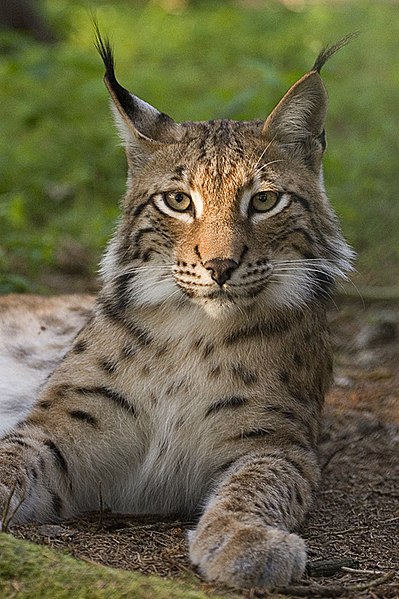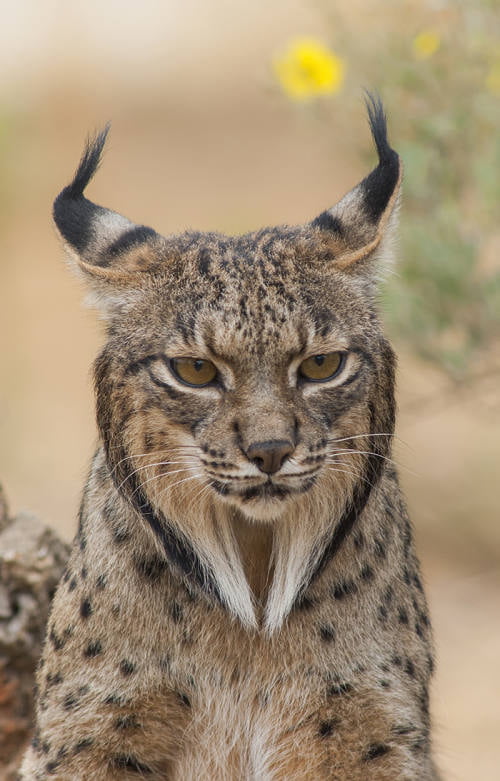The Iberian lynx, scientifically known as Lynx pardinus, is in a critical state of endangerment. It is among the most threatened feline species on Earth and is fighting for survival in the southwest areas of the Iberian Peninsula.

The mesmerizing cat with its unique spotted coat and eye-catching tufted ears is facing a significant decrease in population. This decline can be attributed to various reasons, including the loss of their habitat, reduction in prey species, and fatalities on the road.

The Iberian lynx population had dwindled to less than 100 individuals in the wild, but conservation efforts have been put in place to prevent them from becoming extinct. These efforts include restoring their habitat, breeding them in captivity, and relocating them to suitable habitats. Thankfully, these initiatives have shown some positive outcomes, with the Iberian lynx population slowly increasing in recent times.

Despite some positive developments, the Iberian lynx still represents a critical call for conservation efforts worldwide. Not only does its survival rely on human intervention, but also on preserving the Mediterranean ecosystems where it resides. This animal’s plight highlights the fragile relationship between humans and the environment, emphasizing the need to protect our planet’s diverse wildlife for future generations.
